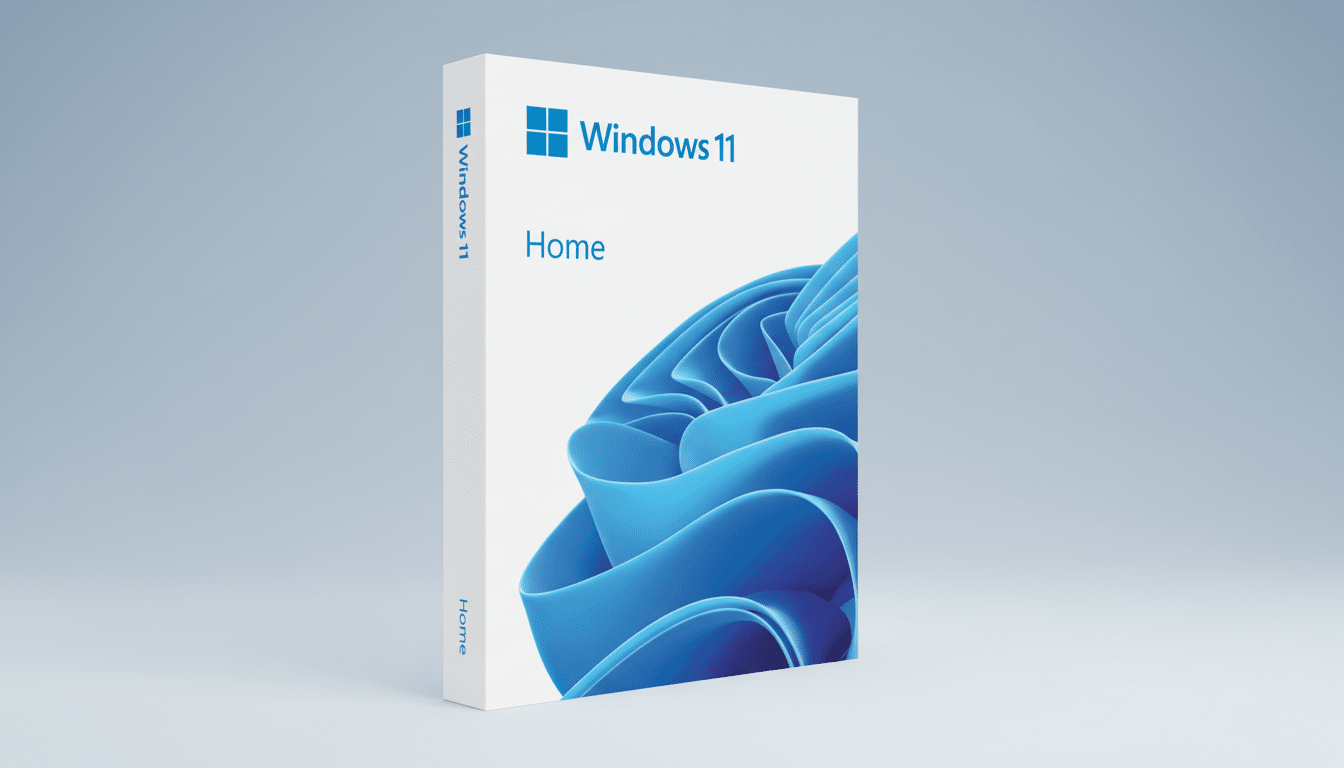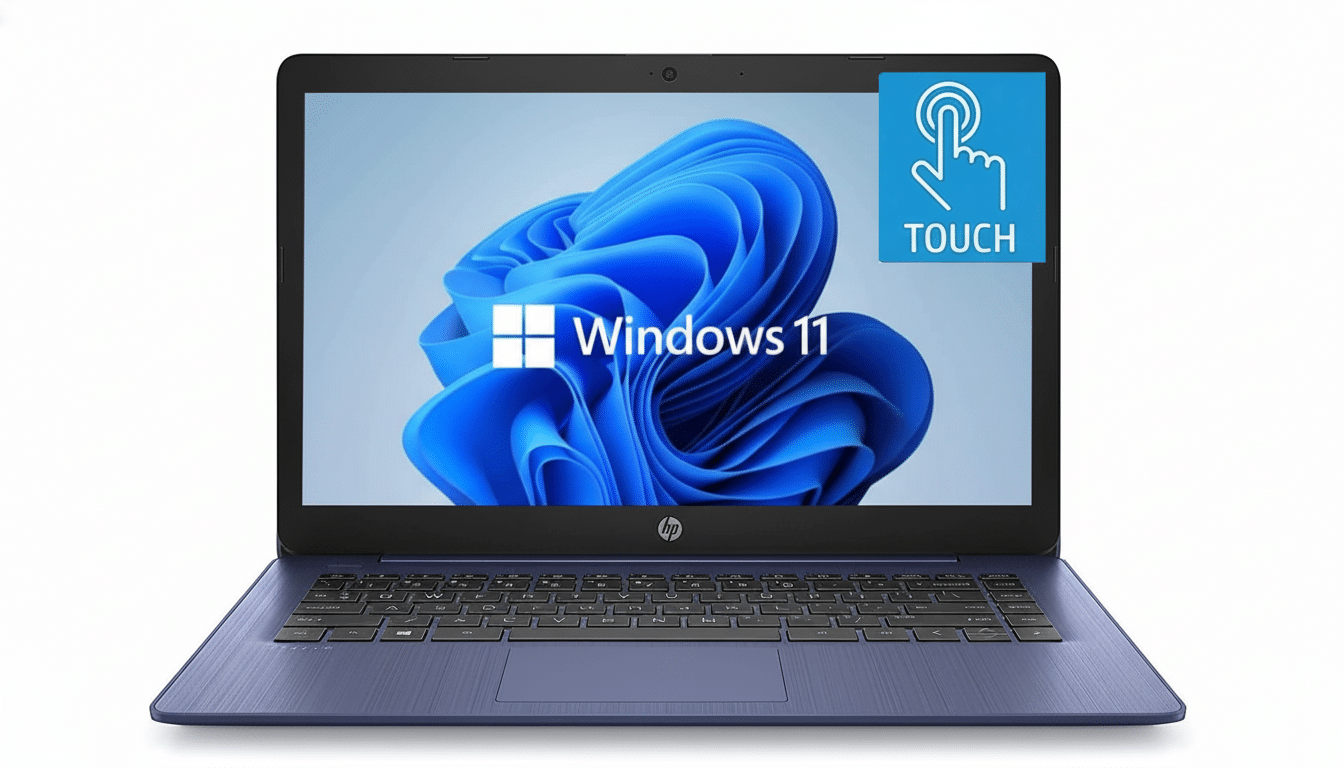Security is the name of the game for Windows 11 — you’ll now be forced to use a Trusted Platform Module (TPM) 2.0 to install it. That one hardware requirement stumbles a lot of older PCs, but it’s not arbitrary. It’s part of how Microsoft is expecting Windows to protect itself now against firmware meddling, credential theft, and ransomware — though there are legitimate ways around the check as well if you absolutely must.
What a TPM Is and How It Protects Windows 11
A TPM is a secure cryptoprocessor that holds keys and conducts cryptographic operations using tamper-resistant hardware, in accordance with the Trusted Computing Group’s (TCG) ISO/IEC 11889. It underpins Secure Boot, BitLocker device encryption, and Windows Hello in Windows itself, meaning the keys to unlocking your system never leave protected silicon.
- What a TPM Is and How It Protects Windows 11
- Where the TPM Lives Today in Modern PCs and Virtual Machines
- How to Verify That Your PC Has TPM 2.0 Enabled
- Why Microsoft Dug In Its Heels on TPM 2.0 Requirements
- The Supported Paths to Try Before Any Bypass in Setup
- Second Thoughts When Hardware Fails The Check
- Bottom Line for Older and DIY PCs Considering TPM

When the system boots, it measures the firmware and bootloaders into the TPM; if malware has tampered with them, then measurements won’t match and untrusted code will be prevented from running. This “measured boot” foundation makes possible protections like Credential Guard and device health attestation that are many orders of magnitude more resistant to subversion than software-only defenses.
Where the TPM Lives Today in Modern PCs and Virtual Machines
Today’s PCs generally have a TPM in firmware instead of as a standalone chip. Intel’s firmware TPM is called Platform Trust Technology (PTT), while AMD uses fTPM. Some newer systems incorporate Microsoft’s Pluton security processor in the CPU platform.
Virtual machines can leverage a virtual TPM, which enables enterprise admins to impose the same controls in Hyper‑V as they would on VMware and other hypervisors.
Business-class hardware adopted TPM long ago, so most corporate fleets already pass Windows 11’s checks. Consumer systems differ even more, commonly because the firmware TPM is present but ships turned off.
How to Verify That Your PC Has TPM 2.0 Enabled
Begin in Windows: Open the System Information application to verify you’re using UEFI, and not Legacy BIOS. After that, launch the TPM management console (tpm.msc), and check if a TPM is installed and active. Device Manager also will show “Security devices” when a TPM is enabled, and Windows Security’s Device Security page will show hardware-backed protections.
If the option is missing, try looking in UEFI settings for something with “PTT,” “AMD fTPM,” or “Security Device Support” in the name, and toggle it on. And while you’re in there, turn on Secure Boot. Updating your motherboard firmware can also enable or fix TPM options. For example, a fully functional consumer desktop may fail the Windows 11 check; with fTPM enabled, the installer continues as expected.
Why Microsoft Dug In Its Heels on TPM 2.0 Requirements
Microsoft’s security model hopes there is some hardware root of trust. For TPM 2.0, Windows can use it to seal identity and encryption keys to the device, enforce measured boot, and defend against offline attacks to encrypted drives. NIST’s recommendation for platform resilience also supports hardware-based roots of trust to protect firmware/recovery, echoing the industry harmony that software-based controls alone are not suitable against contemporary threats.
There is also a more practical aspect of this: Standardizing on TPM 2.0 makes it easier to support and for security features to be turned on by default, instead of optional add‑ons. Businesses have long clamored for this baseline; now Windows 11 provides it to all.

The Supported Paths to Try Before Any Bypass in Setup
Exhaust official options first. Turn on firmware TPM and Secure Boot in UEFI. Ensure that virtualization features (VBS/HVCI) are supported, as they rely on the fundamentals. Likely, if you have a CPU and motherboard from the Windows 10 era or later, the TPM 2.0 capability is already in place — just disabled via firmware settings.
If you’re building or upgrading hardware, pick a board and processor with support for TPM 2.0 or Pluton as well — that is, if the vendor’s firmware exposes these features.
For virtual test environments, add a vTPM to your VM in order to meet Windows 11’s checks and realistically test security policies.
Second Thoughts When Hardware Fails The Check
There are two fairly standard paths, with tradeoffs between them. For an in-place upgrade from Windows 10, a public registry policy will provide that Setup can continue on unsupported hardware. This takes the TPM and CPU checks down a notch, while still preserving your files and apps. It’s for administrators who know the risks.
“For clean installs, you can use tools such as the open-source tool Rufus to make installation media that doesn’t do TPM 2.0 or Secure Boot checks,” Microsoft explains. Experienced users occasionally edit setup files to the same end. These techniques function, but leave your PC in an unsupported state and might strip you of some features.
Important caveats: bypassing TPM weakens or defeats protections associated with hardware-backed keys. BitLocker may resort to less secure unlock mechanisms; Windows Hello loses some of its strongest guarantees; measured boot and device attestation won’t function as intended. Microsoft also warns that unsupported devices won’t receive select updates and do not have official help available.
Bottom Line for Older and DIY PCs Considering TPM
If your machine has the capability of exposing a firmware TPM, turn it on — that’s the best you can do. If it can’t, consider the compromise between the convenience a bypass grants and what you lose in terms of hardware-rooted security and potential support gaps. It’s smarter in the long term for most to enable TPM where you can, and design a hardware refresh strategy with bypass as your exception for testbeds and noncritical systems.
The requirement isn’t about gatekeeping upgrades; it’s about tying Windows to a tamper-resistant base. With the root of trust residing in silicon, this whole security stack is raised a step higher.

